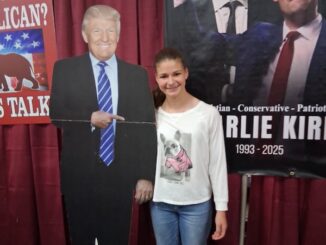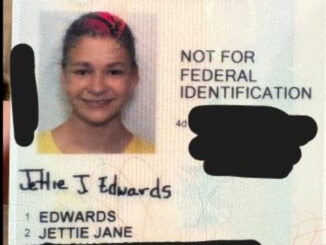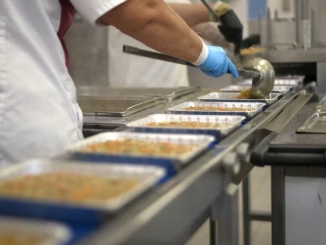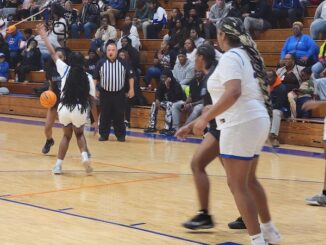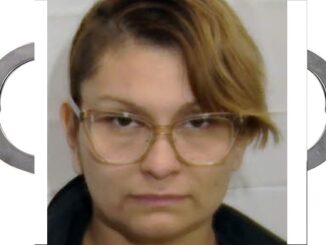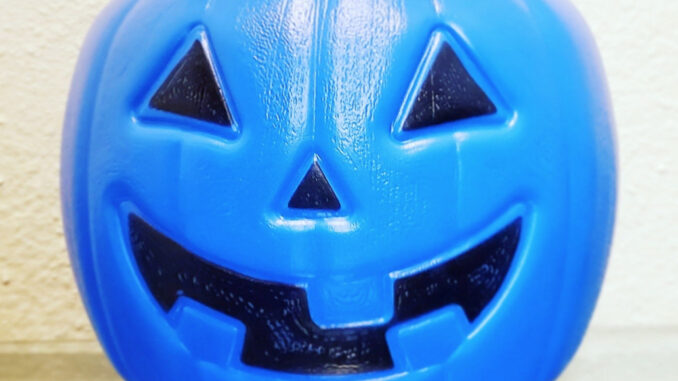
As you head out the door with a costume clad character of your child’s choosing, you may stop to pick up an orange bucket or bag on your way. You never really stop to think about the color of this item because you’re only using it to stow away that treasure trove of sugary delight that your little one will collect through the night.
But for the parent of an autistic child, the color of said bucket has so much meaning behind it.

Blue pumpkin buckets have been adopted by families to raise awareness about autism spectrum disorder.
It’s not an endorsement for any organization or a fundraiser for the disease, but it is a way for children on the autism spectrum, especially those who are non-verbal, to trick-or-treat without shouting to the haunted house down the block that this little one has no voice or has limited communication.
The blue bucket trend seems to have started around October 2019. It was met with controversary from some families and well accepted by others. If you have a non-verbal child, then letting them tote around a piece of odd colored plastic beats the heck out of explaining to 30 different people that your kiddo can’t talk. The blue color makes others do a double take and gets the wheels turning when a child walks up to the door and just holds up the candy collector.
Our youngest has non-verbal autism and even though we have armed him with some sign language, please and thank you included, he still can’t run up to house and yell “Trick or Treat” like the rest of the kids on Halloween night. We want folks to realize that our baby isn’t without manners. He just can’t communicate the way the rest of the population does.
It’s just not our community of special children that use colored pumpkins to bring awareness. There are other disorders with their own colored pumpkins.
Purple pumpkins represent a child suffering from epilepsy who could have seizures. Teal pumpkins point out someone who may be suffering from a food allergy. You wouldn’t want to give this little one a Snickers or a Reese’s cup. Keep a Hot Wheels or a sticker sheet available for those select few.
Lastly, be sensitive to others who may not have a special color to show to folks. Those with Down Syndrome or other developmental delays may look like an adult-sized trick or treater to most, but their inner child is on a fast-track to enjoy the festivities just like the rest of the little ones. The city of Whiteville recently made note of this while rewriting the ordinance on Halloween, to make sure older developmentally-delayed kids could also enjoy the night.
Be safe this Halloween. Be smart. And first and foremost—be kind!




